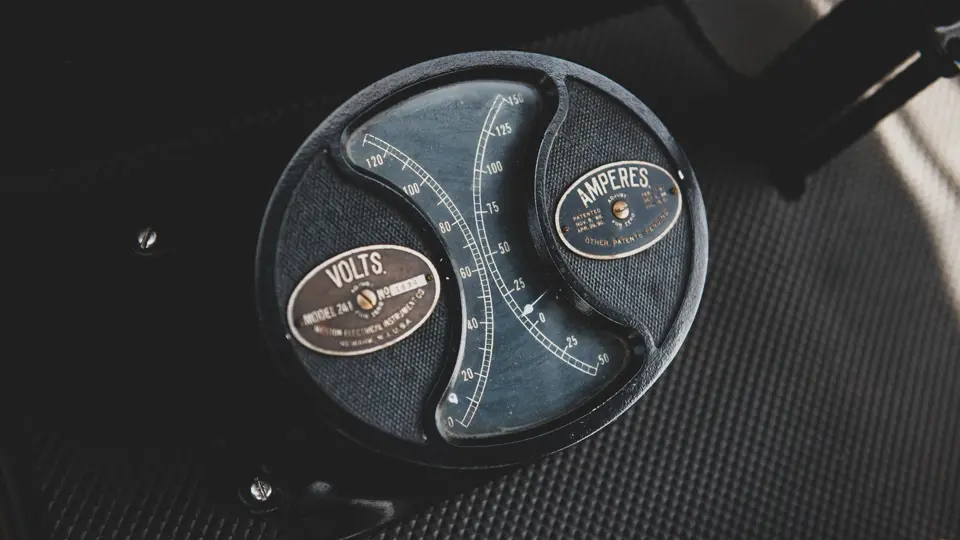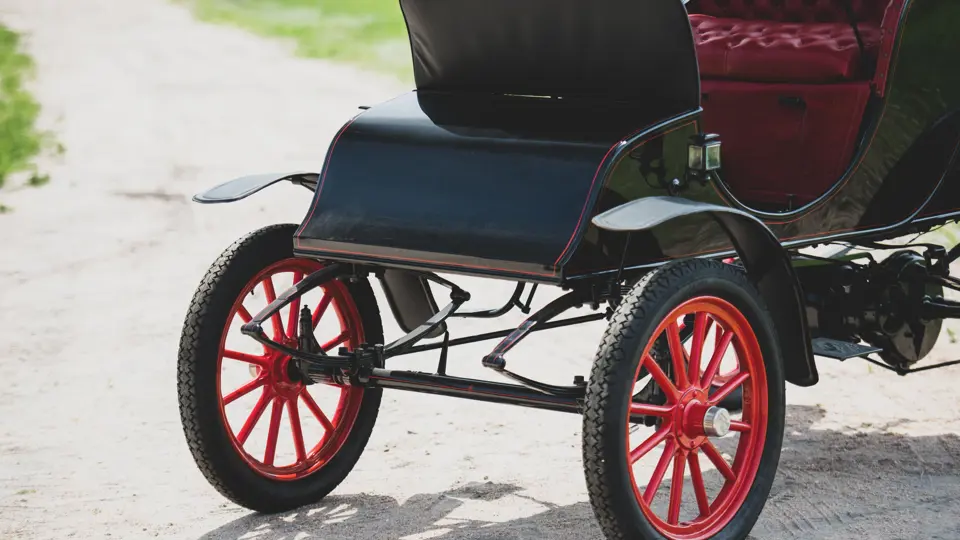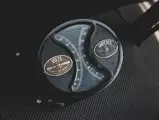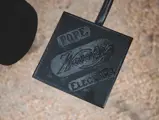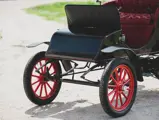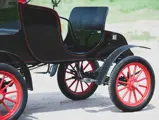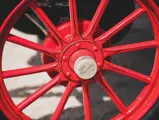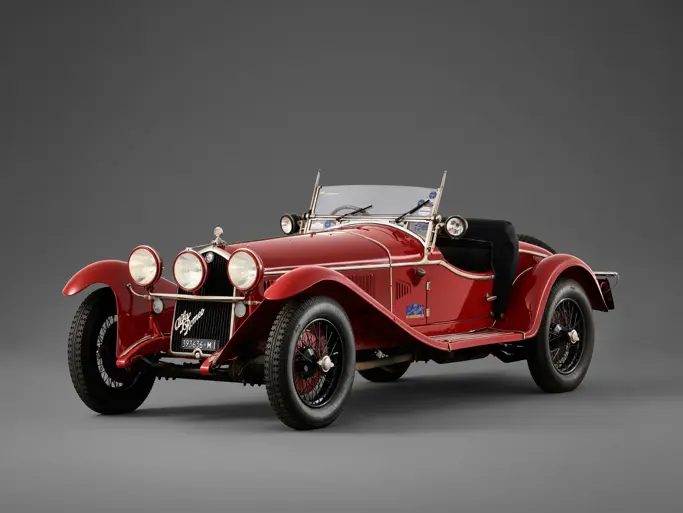The Waverly Electric arose in 1898 from the consolidation of the American Electric Car Company with Colonel Albert Pope’s Indiana Bicycle Company. Pope, the Connecticut bicycle magnate who had assembled 50 companies into the so-called “bicycle trust,” was also busy attempting to sew up the automobile market by purchasing the rights to the Selden Patent. The electric cars built in Indianapolis were to be known as “Waverley” until 1904, at which time they became Pope-Waverley, probably to complement the Colonel’s Pope-Hartford, Pope-Toledo, and Pope-Tribune automobiles.
Pope expanded the product line to ten models on six wheelbases, with names like “Chelsea,” “Speed Road Wagon,” and “Physician’s Road Wagon,” as well as the more prosaic “Runabout.” He may have been too ambitious, since in 1907 the company went into receivership. In September 1908 the Indianapolis factory was sold to a local group of investors who reorganized the company and built cars under the Waverley name until 1916.
Correctly restored in black with red pinstriping, this early alternative-energy vehicle is spotless. The seat is upholstered in diamond-pattern buttoned red leather with a matching leather heel skirt. The red wheels are accented with black pinstriping. There is a black leather cape top and a small luggage compartment with twist-lock lid. Five 12-volt deep-draw marine batteries supply the 60-volt DC motor, which is mounted to the rear axle, obviating a drivetrain. A modern battery charger is included. A true plug-in electric, it has no worries about modern petroleum fuels.

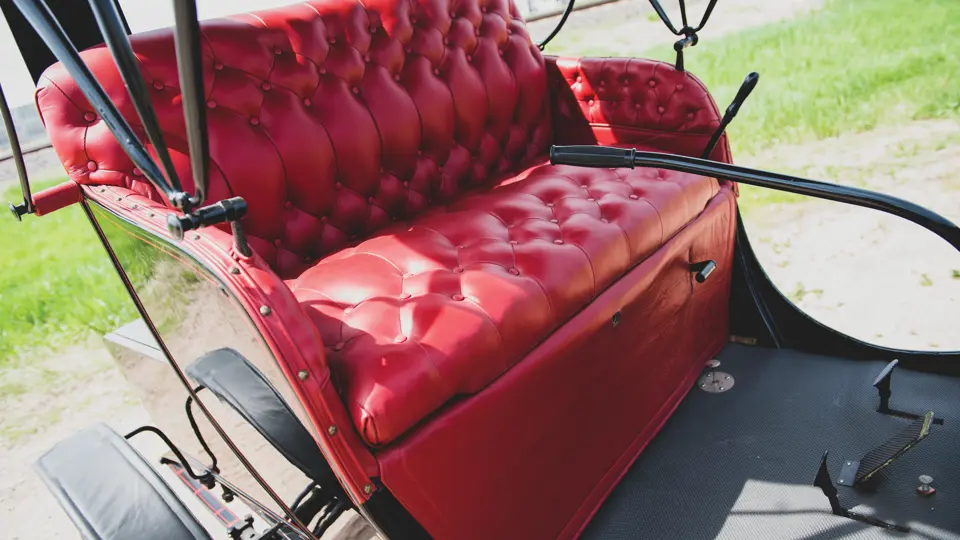


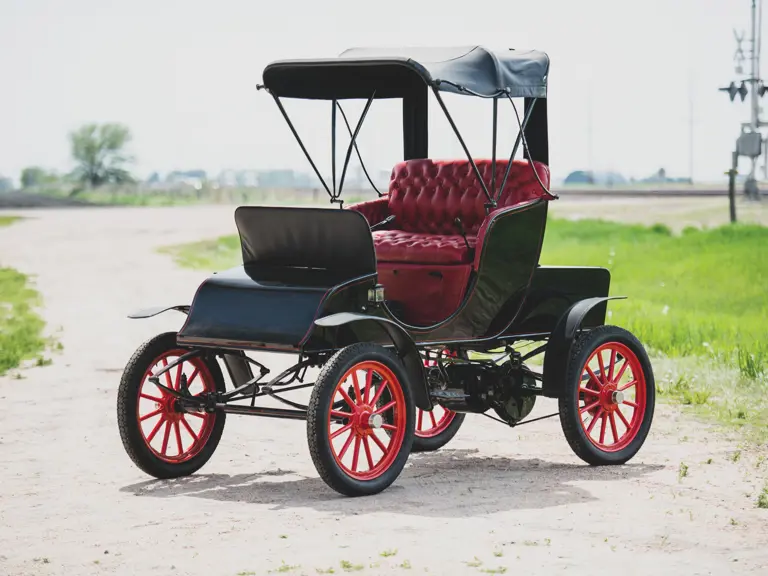
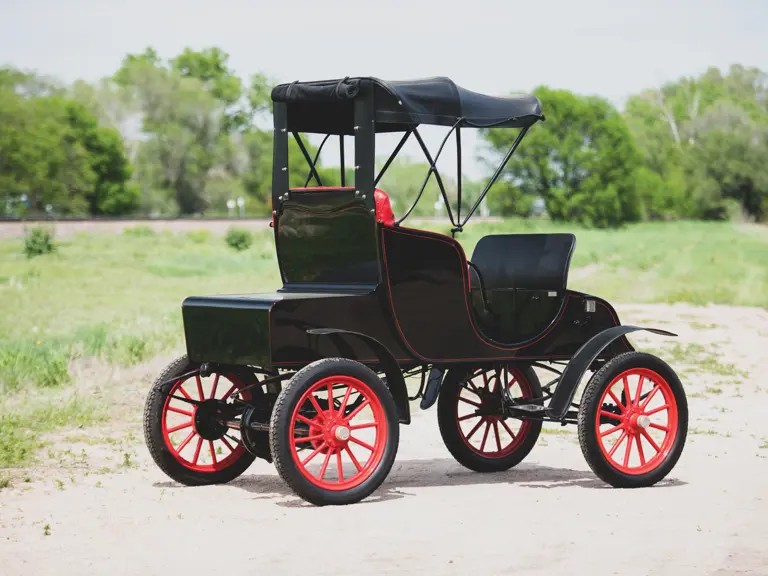

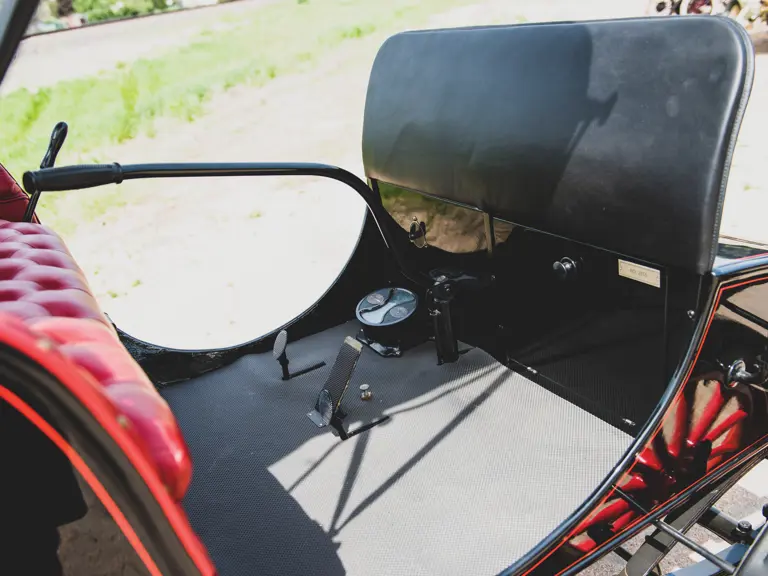
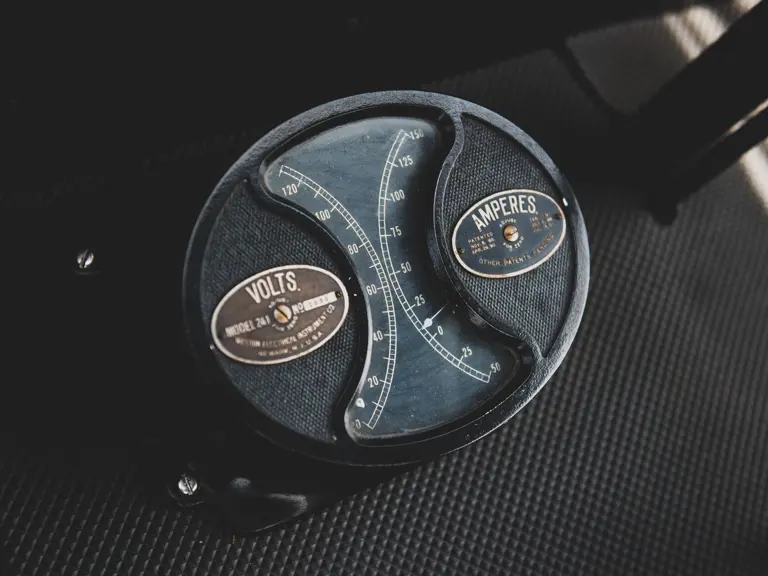
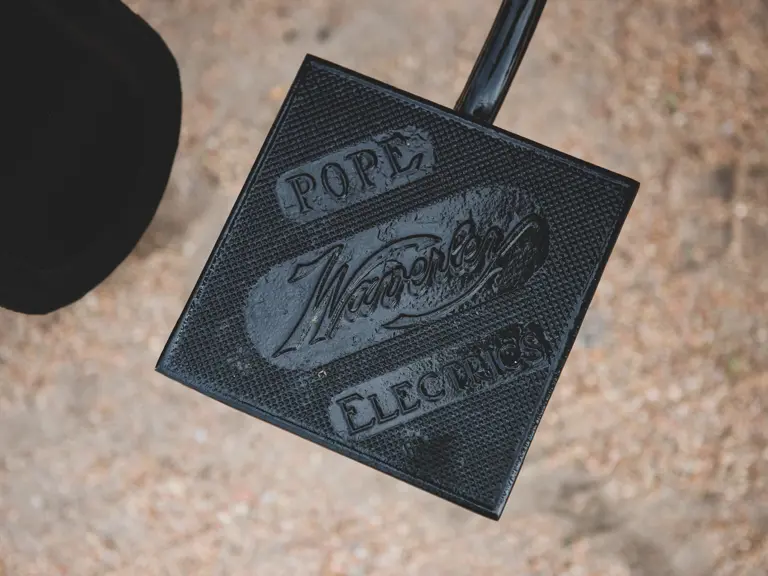
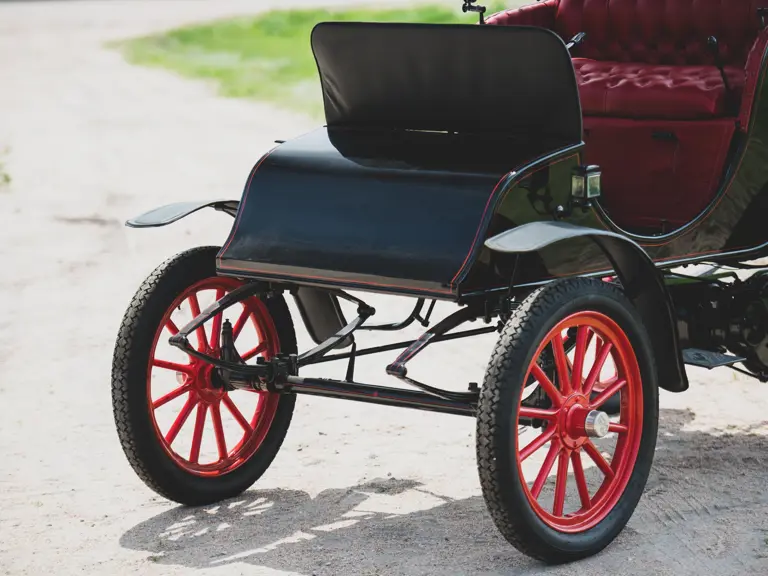
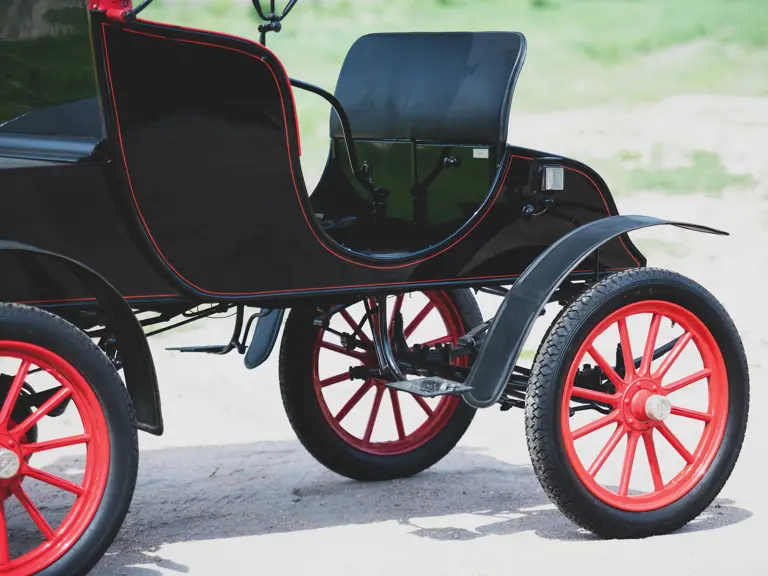
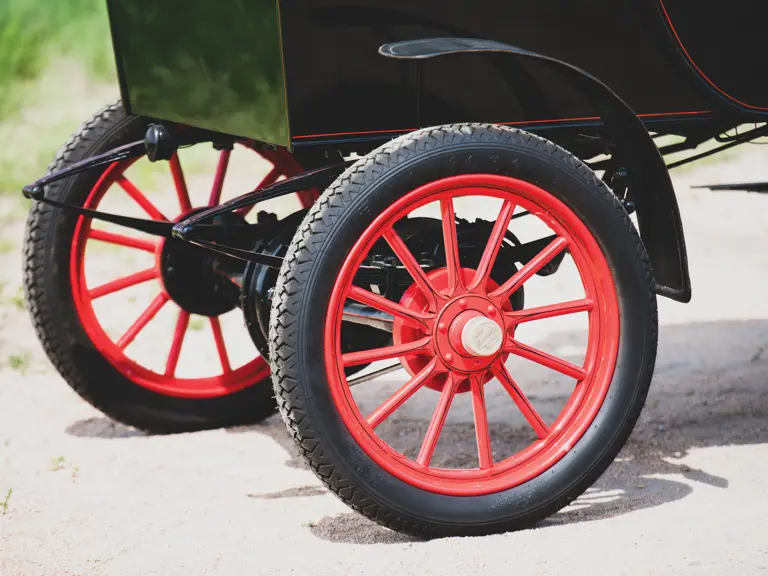
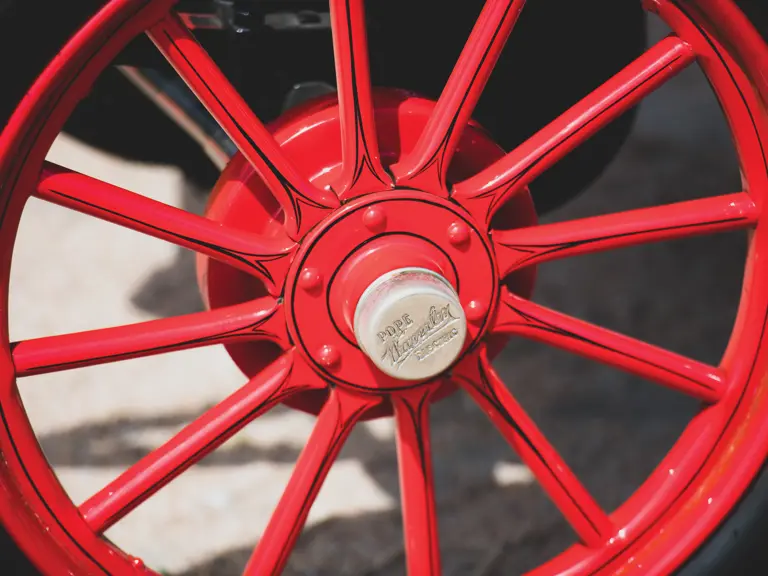
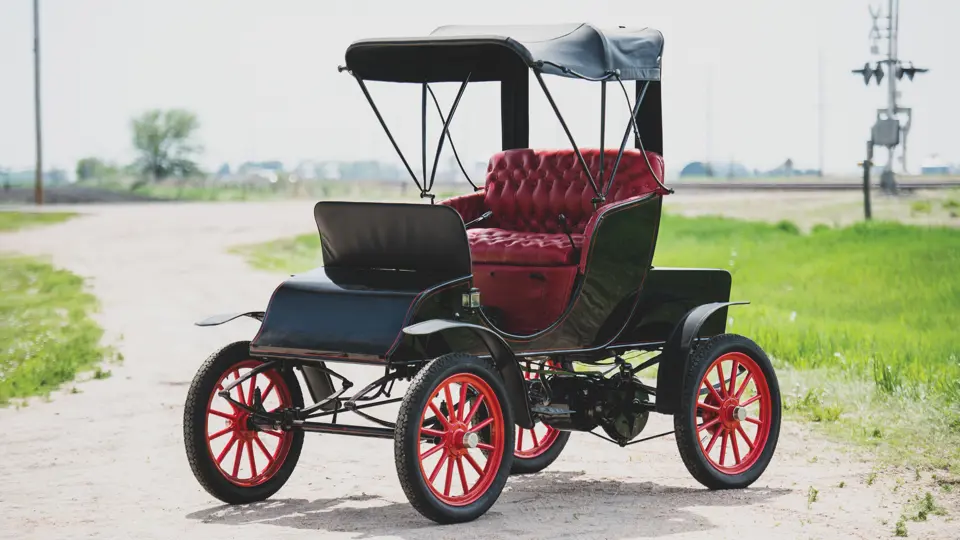
 | Hershey, Pennsylvania
| Hershey, Pennsylvania
